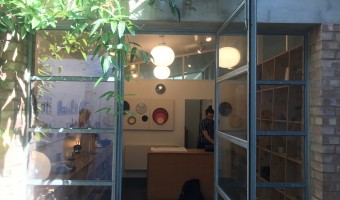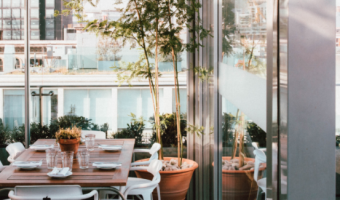 Shoreditch Street Art
Shoreditch Street Art
The East End offers a kaleidoscope of images
Traverse the narrow streets of Shoreditch to experience a colourful exhibition of street art and graffiti in East London’s heart. Coinciding with the inexorable growth of the modern city, street art has become an increasingly common form of cultural expression-with artists like Banksy, Shepard Fairey, OSGEMEOS, Swoon, Eine, Roa and David Choe gaining notoriety for their body of politically charged and culturally significant murals.
Given London’s status as one of the largest and most artistically thriving cities in the world, it is hardly surprising that street artists from across the globe have taken to the streets of the capital to express themselves. Shoreditch, the apotheosis of the combination of contemporary and traditional architecture that defines the visual aesthetic of the East End, is the back drop to some of the most daring street art in London.
Historically, East London has been one of the most diverse populations in the nation’s capital. In turn, it is home to some of the most diverse street art in the capital. Shoreditch’s street art offers a unique blend of political insight, passion and humour as you explore this fascinating sub-culture.
Places of frequent artistic activity include Fouriner Street, Toynbee Street, Brick Lane-the home of one of London’s most famous markets, - Brushfield Street, Fashion Street and Rivington Street-the location of Banksy’s contributions to London’s street art scene. Depending on your location, you will witness stencil art, freehand painting, sculptural art, political art, stunning murals and paste up art.
By aimlessly roaming around the area, you will discover a unique insight into the cultural, socio-political and economic alterations in East London over the past hundred years. Regardless of whether you’re visiting London’s East End for the first time or you’re a regular visitor, wandering the streets during a pleasant day is certain to provide a comprehensive overview of modern London’s art and cultural history outside the confinement of the walls of museums and galleries.
.jpg)
.jpg)
.jpg)
.jpg)




 Load more triptoids
Load more triptoids